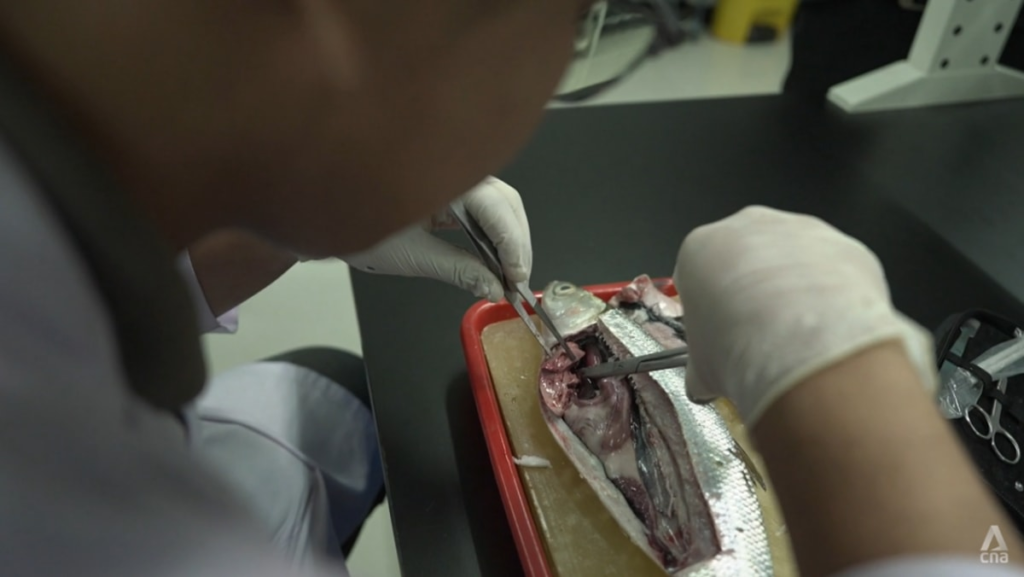Microplastics form when larger plastic waste breaks down into near-invisible particles through natural wear and degradation. Today, these microscopic flakes have infiltrated every corner of our environment, from land to sea to the very air we breathe.
And Indonesians may be the most exposed. A Cornell University study last year found that they consumed more microplastics than any other population — 15g per month per person, or the equivalent of swallowing three credit cards.
Malaysians rank second, at 12g per month, while Filipinos and Vietnamese consume 11g of microplastics.
Southeast Asia appears to be the most affected. Six of the top 10 countries leaching plastic pollutants into the ocean are in the region, a 2021 study found.
“Many countries in Southeast Asia have become very dependent on food that’s wrapped in plastics,” says Deo Florence L Onda, an associate professor at the Marine Science Institute, University of the Philippines Diliman.
“There are instances (where) the bigger plastics may be scratched, thus producing a lot of these microplastics, which then mix into the foods and the drinks that we’re (consuming).”
But this problem goes beyond packaging. The programme Insight explores why and how microplastics have encroached into our daily lives, the health risks they pose and what can be done to keep them off our plates.
WATCH: Consuming plastic in Indonesia, Malaysia and Philippines — What microplastics are doing to us (46:32)
Read the full article here

